16 December 2024
Imagine waking up to the sound of birds chirping and the scent of fresh, dewy grass instead of blaring car horns and pollution. Sounds like a dream, doesn’t it? But for those who’ve chosen to live on sustainable rural properties, this is their everyday reality. People are trading the neon lights of bustling cities for the warm glow of the sun filtering through trees. And honestly? It’s not just a lifestyle—it’s a commitment to living in harmony with nature.
In this article, we’re diving deep into how sustainable rural living could transform not just your life but also the planet. So, grab a cup of tea, settle in, and let’s unpack this together. 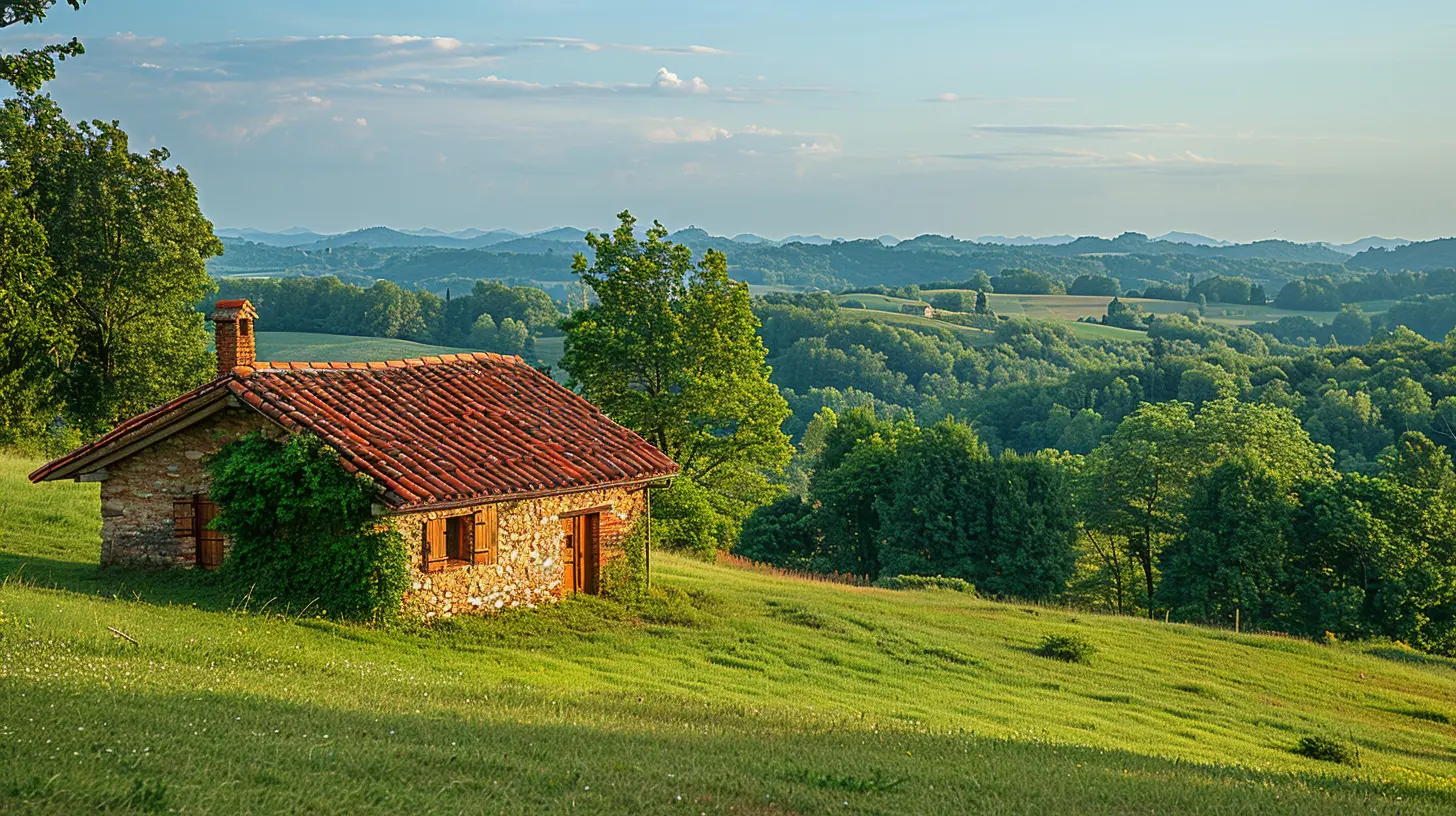
What Are Sustainable Rural Properties?
Let’s start with the basics. Sustainable rural properties combine two powerful ideas: rural living and sustainability. These properties are typically located in countryside areas where the land is conserved and utilized in eco-friendly ways.But it doesn’t stop there. These homes are often equipped with green technologies like solar panels, rainwater harvesting systems, and composting solutions. Picture a home where your electricity comes from the sun, your water is collected from rainfall, and your kitchen waste turns into rich compost for your vegetable garden. Amazing, right?
Why Are They Gaining Popularity?
Here’s the truth: life in the city can be overwhelming. You’ve got traffic jams, skyrocketing rent prices, and that gnawing disconnect from nature. On the other hand, rural, sustainable living offers an antidote. It’s slower, quieter, and deeply fulfilling in ways that a penthouse suite simply can’t compete with.And let’s not forget the climate crisis. More and more people are waking up to the reality of environmental degradation. Living sustainably on rural properties allows individuals and families to reduce their carbon footprint while enjoying a simpler, more intentional lifestyle. 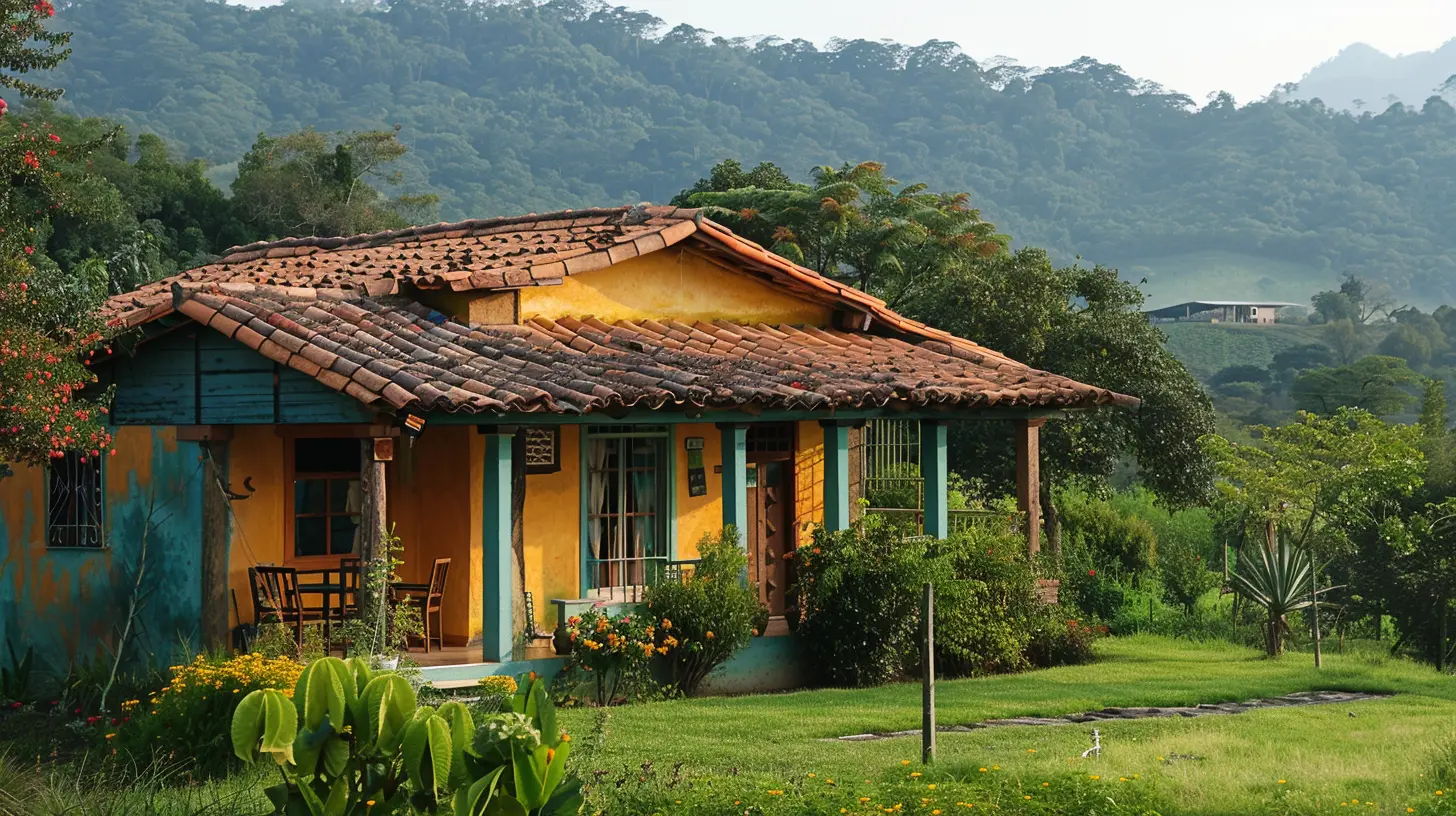
The Perks of Sustainable Rural Living
Switching to a sustainable rural property isn’t just about “saving the planet.” Sure, that’s a big part of it, but the personal benefits are just as compelling.1. A Healthier Lifestyle
Think about it: fresh air, organic food, and outdoor exercise. Living in the countryside encourages you to embrace a healthier, more active lifestyle. You could be tending to your own garden or taking long walks by a nearby creek. Compare that to city life, where most of your time is spent sitting in traffic or staring at a screen.2. Cost Savings in the Long Run
Sustainable living might require an upfront investment, but it pays off in the long haul. Say goodbye to monthly electricity bills when you’ve got solar panels on your roof. And that garden you’re growing? It reduces your dependence on grocery stores. Over time, these savings really add up.3. Peace and Quiet
Let’s face it—our minds are overloaded these days. The constant buzz of notifications, the hum of machinery, and the ceaseless movement? It’s exhausting. But rural living gives you space to breathe, both literally and metaphorically. The quiet can be therapeutic, and the stars at night? They’re a free light show you’ll never get tired of.4. A Sense of Purpose
There’s something profoundly satisfying about cultivating your own food or nurturing a piece of land back to health. It gives life a deeper meaning. You start to feel connected to something bigger than yourself.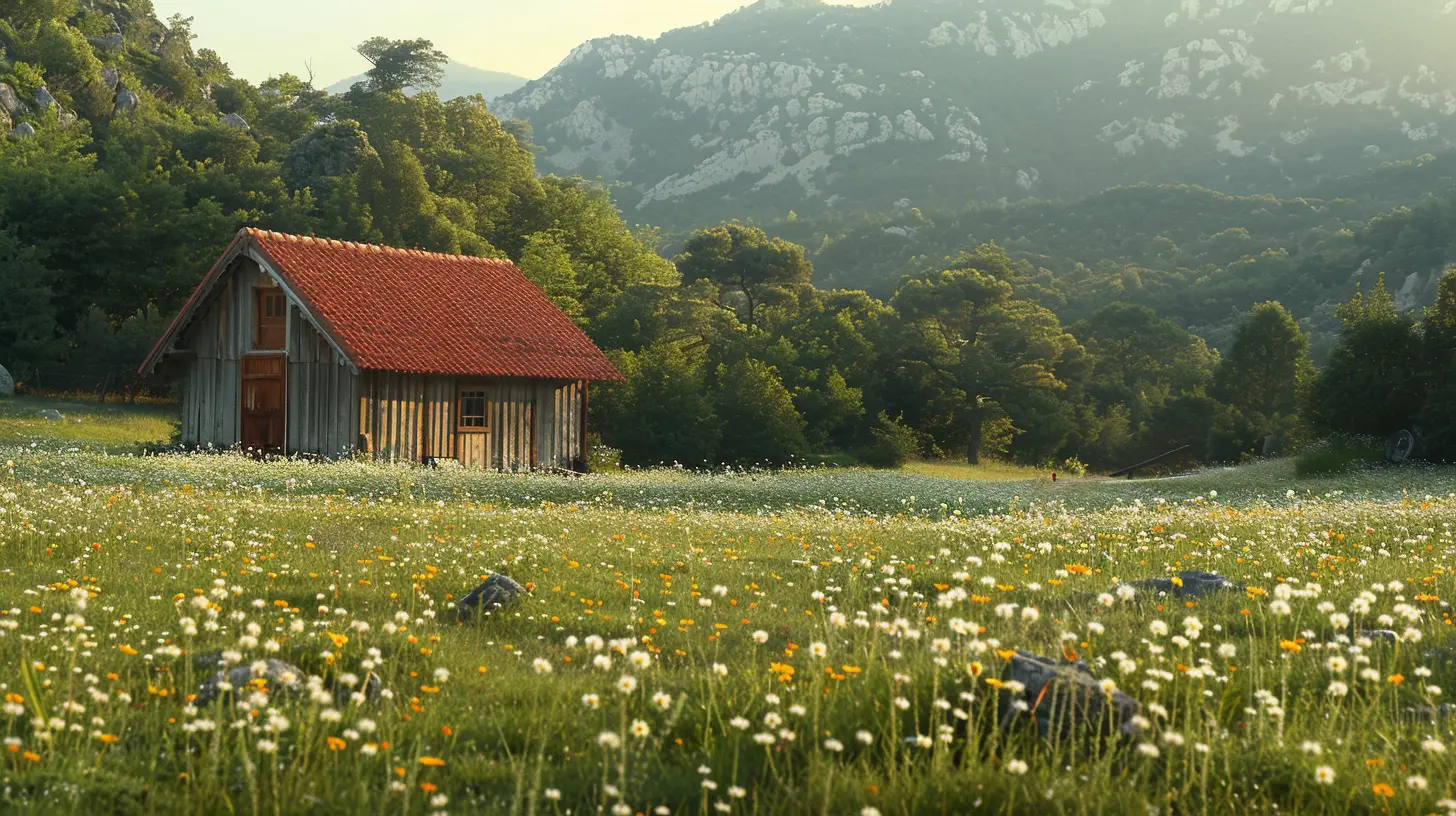
How to Make Your Rural Property Sustainable
Okay, so maybe you’re sold on the idea (or at least curious). How do you actually make a property sustainable? It’s easier than you might think.1. Harness Renewable Energy
The sun is your best friend here. Installing solar panels is one of the easiest ways to make your home more sustainable. Add a wind turbine to the mix if your area is breezy, and you’re set for a lifetime of clean energy.2. Optimize Water Usage
Rainwater harvesting systems are a game-changer. These systems collect and store rainwater for household use. Combine that with a greywater recycling system (which reuses water from sinks, showers, and washing machines), and you’ve got water efficiency down to a science.3. Grow Your Own Food
You don’t need to turn into a full-time farmer, but imagine stepping into your backyard to grab some fresh tomatoes, herbs, or lettuce. Start small with raised garden beds or even a few potted plants.4. Use Natural Building Materials
Think wood, bamboo, and stone. These materials are not only durable but also blend seamlessly with the natural surroundings. Plus, they tend to have a lower environmental impact compared to synthetic building materials.5. Composting and Waste Management
Don’t toss those kitchen scraps into the trash—compost them! Composting is an efficient way to reduce waste while creating nutrient-rich soil for your garden.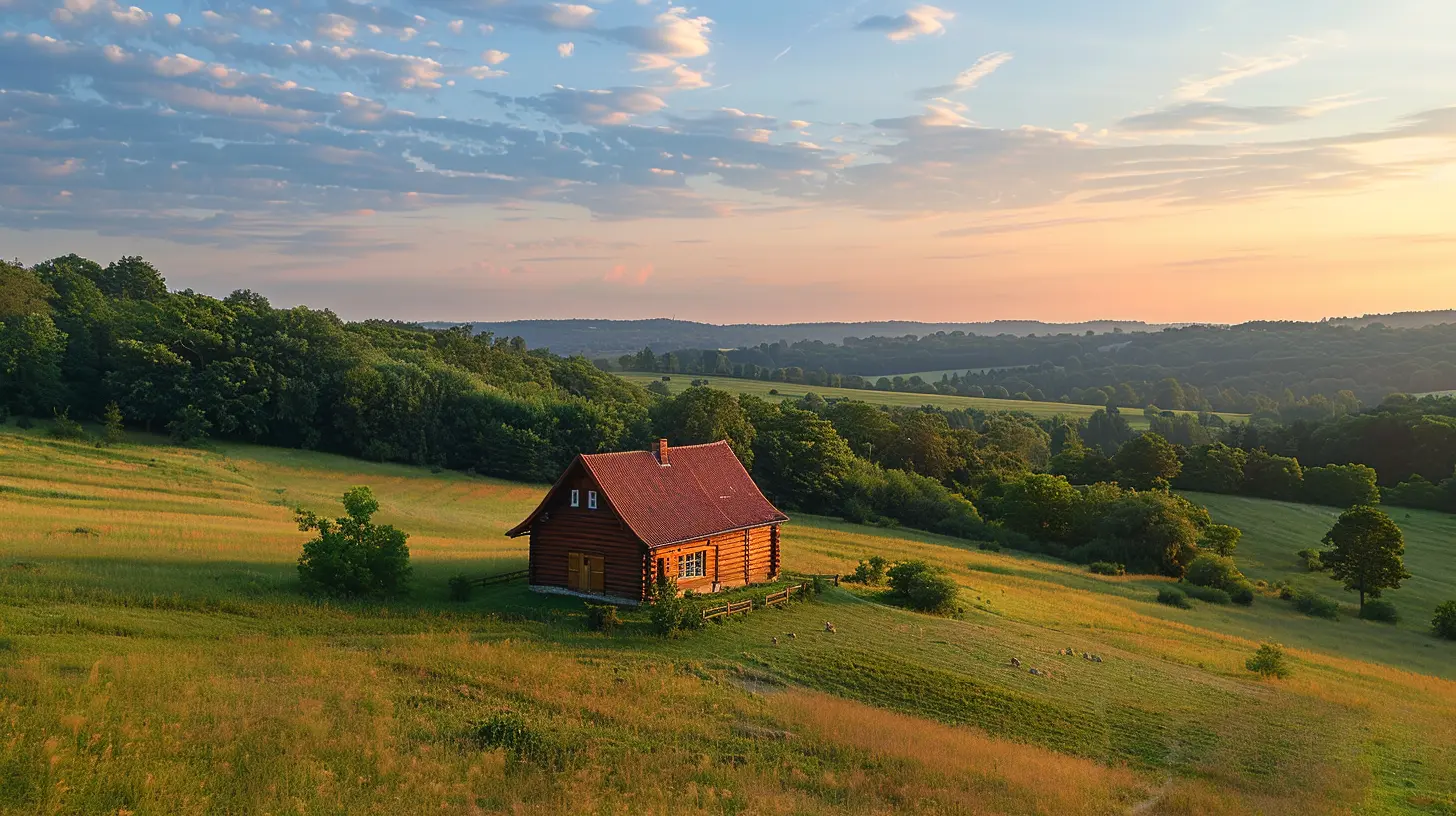
Overcoming Challenges
Let’s be real: transitioning to a sustainable rural lifestyle isn’t always a walk in the park. Like any major life change, it comes with challenges.Isolation, for one, can be tough. If you’re used to the hustle and bustle of city life, the quiet can feel a little too quiet at first. But, flip that perspective. It’s an opportunity to connect with yourself—and your loved ones—on a deeper level.
Another challenge? The learning curve. If you’ve never grown a carrot or operated a solar panel, it’s easy to feel overwhelmed. That’s okay! Start small. You don’t have to do everything at once.
And finally, there’s the initial financial investment. Sustainable technologies and rural properties can be pricey upfront. But remember: it’s an investment in both your future and the planet’s future. The long-term savings (and peace of mind) are worth it.
Is This Lifestyle Right for You?
At this point, you might be wondering if sustainable rural living is for you. First, ask yourself:- Do you value a connection to nature?
- Are you willing to slow down and embrace a quieter life?
- Do you care about leaving a positive impact on the environment?
If you answered yes to any of these questions, then why not consider it? You don’t have to pack up and move tomorrow. Start by researching rural properties in your area. Dip your toes into sustainability by composting or growing a few herbs on your windowsill.
Life in harmony with nature isn’t just some utopian ideal. For centuries, humans have lived this way. It’s only recently that we’ve traded nature for convenience. Maybe it’s time to rebalance the scales.
Final Thoughts
Living in harmony with nature through sustainable rural properties isn’t just a trend—it’s a movement toward a healthier, more meaningful way of life. Whether you’re looking for a fresh start, a quieter pace, or a way to reduce your ecological footprint, this lifestyle has something incredible to offer.Sure, it’s not without its challenges. But isn’t anything worth doing a little difficult at first? Picture yourself sipping coffee on your porch, listening to the rustling of leaves, and knowing that you’re making a difference—for yourself, your family, and the planet. Sounds pretty good, right?
So, take the leap. Start small. Who knows? That dream of living in harmony with nature might just become your reality.

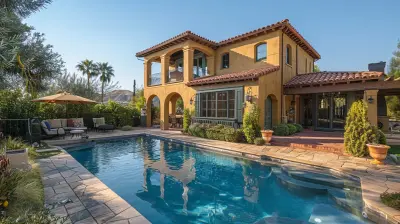

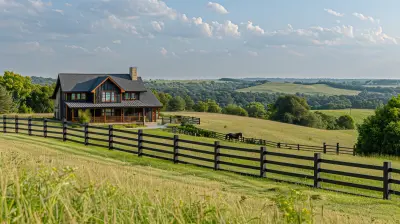


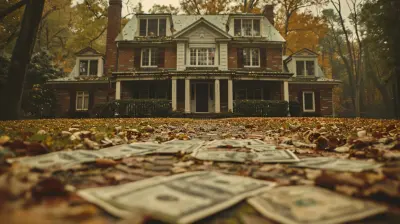
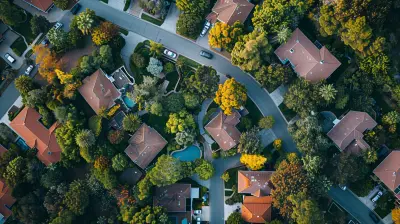
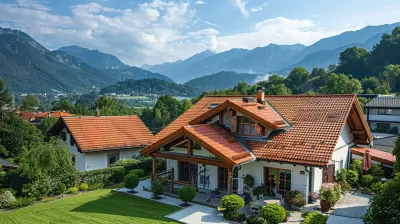
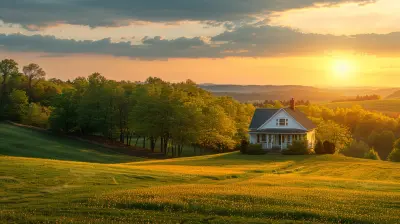
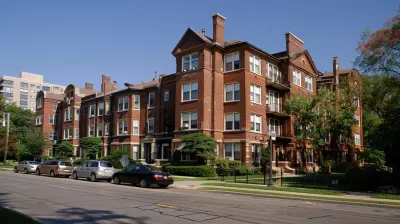
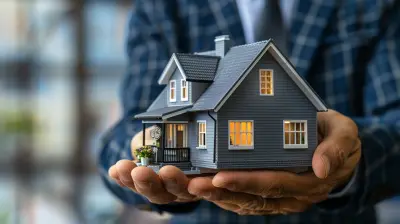

Mia Thornton
Excited to explore how sustainable rural living can reshape our connection with nature and community!
March 28, 2025 at 3:23 AM